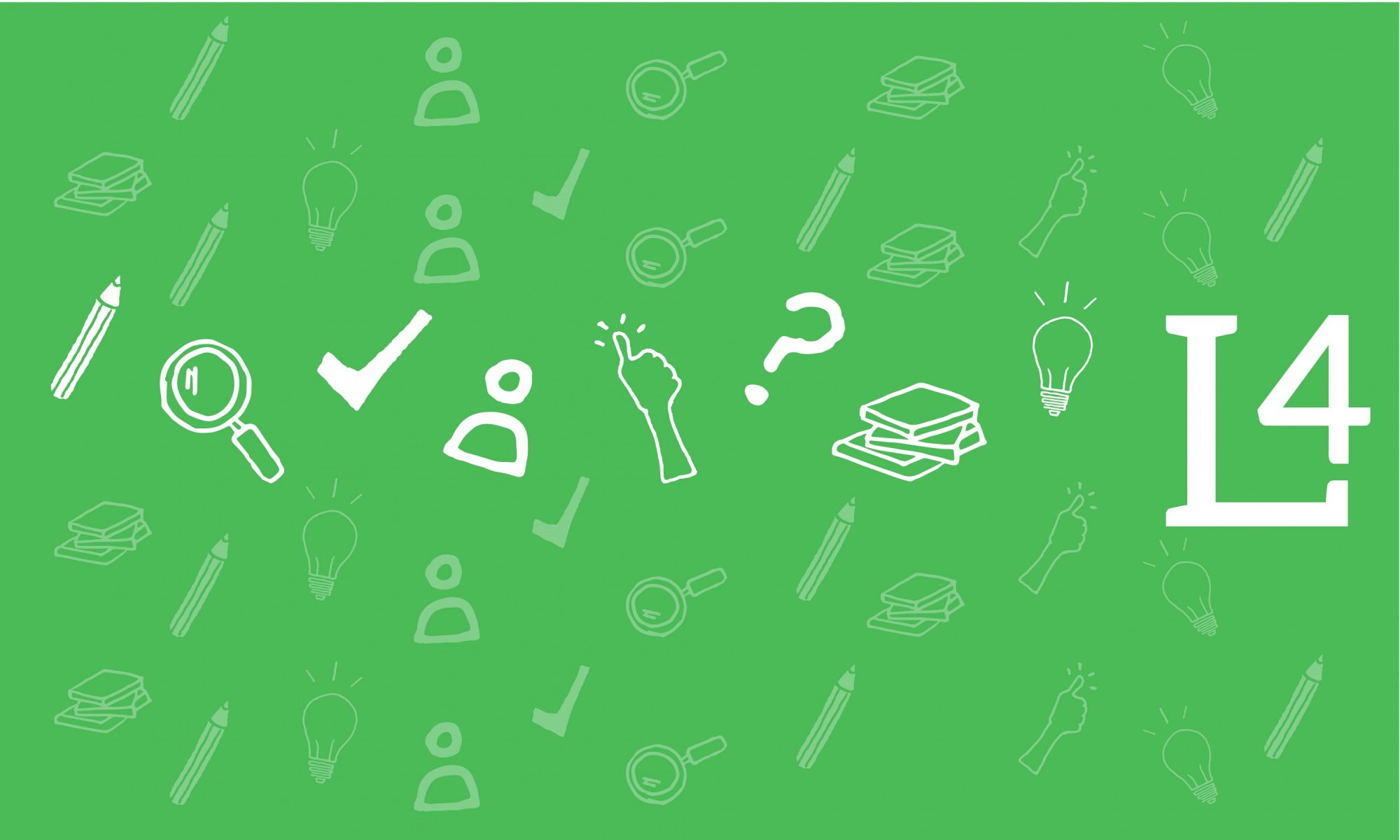Grand Army Plaza observation excercise
Keith Muchowski
Library Department; School of Arts and Sciences
LIB/ARCH 2205: Learning Places: Understanding the City
Activity Description: Provide a brief description of the activity
Task:
Next class we will visit Grand Army Plaza where you will select a monument or memorial within the public space. Your memorial might include Bailey Fountain; the statues of Gouverneur Kemble Warren, Henry Henry Slocum, James S.T. Stranahan, Henry W. Maxwell, John F. Kennedy, Alexander J.C. Skene; or the Soldiers’ and Sailors’ Arch.
Photograph your monument from different vantage points, with at least 1-2 putting it into the wider context of the surrounding community.
Find any information you can, either on the monument or on any accompanying signage, that may answer such questions as:
Who financed the monument and how much did it cost?
When was it constructed?
What is it made of? (stone? bronze? something else?)
How many people attended the dedication?
What is its condition?
How would you describe public interest in the site?
Did anyone ask you any questions while you were there?
Deliverables:
Upload at least three photographs to Open Lab and write a 250-300 word OpenLab entry based on your answers to the questions above. Your classmates are your audience. Be prepared to show the images and speak to your fellow classmates for 5-7 minutes next class. The OpenLab entry (with accompanying photographs) is 10% percent of your final grade. The presentation counts toward your class participation.
Grading rubric:
Students will be evaluated on a scale of 1 to 5 (with 5 the best) on each of the following criteria.
OpenLab entry:
Following directions (word length and proper number of images)
Relevance to the course and assignment
Accuracy of content
Punctuation and clarity
Audience appropriateness
Oral presentation:
Following directions (time length)
Relevance to the course and assignment
Accuracy of content
Diction, articulateness, audience appropriateness
Organization and ability to stay on topic
Learning Goals: What do you aim to achieve with this activity?
As per New York City College of Technology’s Learning Goals, students will:
Use the arts, sciences and humanities as a forum for the study of values, ethical principles, and the physical world.
Demonstrate social and civic knowledge [regarding social, political, economic, and historical issues].
Apply knowledge and analyze social, political, economic, and historical issues.
Demonstrate expanded cultural and global awareness and sensitivity.
Timing: At what point in the lesson or semester do you use this activity? How much classroom time do you devote to it? How much out-of-class time is expected?
The site visit would fall in the third week of the semester with the OpenLab entry due before the next class session. Oral presentations would be on the class day after the site visit. This assignment would thus take one week of class time.
Logistics: What preparation is needed for this activity? What instructions do you give students? Is the activity low-stakes, high-stakes, or something else?
Over the first two weeks of the semester students will have been given a general overview of course, the instructors’ expectations, and a historical overview of Grand Army Plaza itself.
This is a low stakes assignment. Over the semester students will be doing primary and secondary research on their monument in various archives, libraries, and special collections. For this early semester assignment they are using their powers of observation.
Assessment: How do you assess this activity? What assessment measures do you use? Do you use a VALUE rubric? If not, how did you develop your rubric? Is your course part of the college-wide general education assessment initiative?
We are using the AACU’s Ethical Reasoning VALUE rubric to assess the efficacy of the assignment. We want students to understand that there are economic, social, political, and ethical reasons why the built environment that they inhabit every day exists the way it does.
Reflection: How well did this activity work in your classroom? Would you repeat it? Why or why not? What challenges did you encounter, and how did you address them? What, if anything, would you change? What did students seem to enjoy about the activity?
We found the assignment went well and would definitely use it again with a few changes. We had the students speak six times, with accompanying OpenLab entries, in one particular semester. My colleague and I found this to be more than necessary and would scale it it back to five or even four if we taught the course again. Also we would keep tighter limits on the allotted speaking times. It was our impression that students felt the pressure to “say everything” and so spoke for significant periods of time, sometimes as much as 25-30 minutes. A time limit should be strictly enforced for the presentations.
Additional Information: Please share any additional comments and further documentation of the activity – e.g. assignment instructions, rubrics, examples of student work, etc. These can be links to pages or posts on the OpenLab.
Please note that students will eventually be working in groups based upon their statue, monument, or memorial. One student may focus on the architect, another the dedication, a third on any renovation that may have been done, and so forth. If the course focuses on a site other than Grand Army Plaza, students may study the location in small groups across a timeline, through the evolution of such things as transportation (trails turning into paved streets, ferries giving way to bridges, the automobile supplanting the carriage, horse cars being replaced by buses, and the subway system), or by geographic area within the larger space.
Please share a helpful link to a pages or post on the OpenLab



